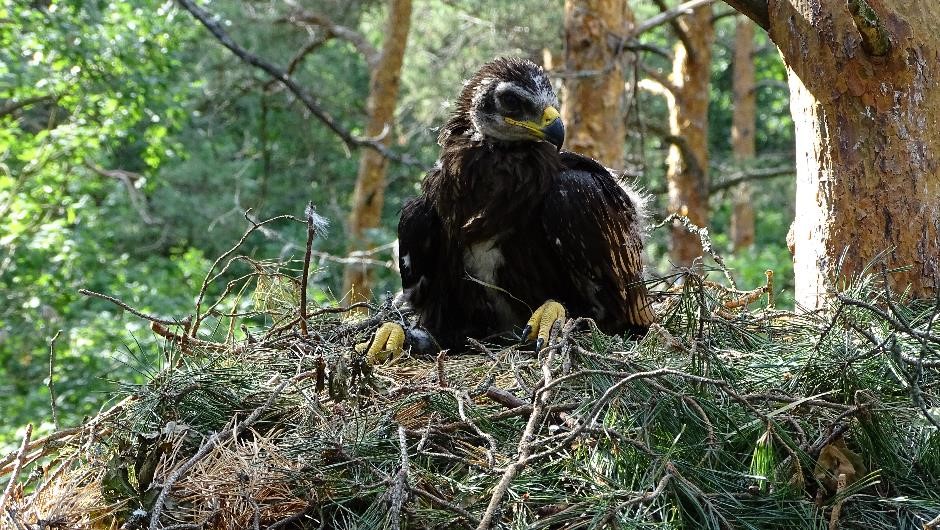BTO publishes peer-reviewed papers in a wide range of scientific journals, both independently and with our partners. If you are unable to access a scientific paper by a BTO author, please contact us.
Search settings
The future distribution of wetland birds breeding in Europe validated against observed changes in distribution
Author: Soultan, A., Pavón-Jordán, D., Bradter, U., Sandercock, B., Hochachka, W., Johnston, A., Brommer, J., Gaget, E., Keller, V., Knaus, P., Aghababyan, K., Maxhuni, Q., Vintchevski, A., Nagy, K., Raudonikis, L., Balmer, D., Noble, D., Leitão, D., Øien, I.J., Shimmings, P., Sultanov, E., Caffrey, B., Boyla, D., Radišić, Lindström, Å., Velevski, M., Pladevall, C., Brotons, L., Karel, Š., Rajković, D.Z., Chodkiewicz, T., Wilk, T.,. Tibor, S., van Turnhout, C., Foppen, R., Burfield, I., Vikstrøm, T., Mazal, V.D., Eaton, M., Vorisek, P., Lehikoinen, A., Herrando, S., Kuzmenko, T., Bauer, H-G., Kalyakin, M., Voltzit, O., Sjeničić, J. & Pärt, T.
Published: 2022
International collaborative research involving BTO has used data collected 30 years apart, during the two European Breeding Bird Altases, to examine range shifts in wetland birds.
25.01.22
Papers

Long-term effects of rewilding on species composition: 22 years of raptor monitoring in the Chernobyl Exclusion Zone
Author: Dombrovski, V.C., Zhurauliou, D.V. & Ashton-Butt, A.
Published: 2022
Researchers from BTO and the scientific department of Belarusian Chernobyl analysed 22 years of raptor population data from the Chernobyl Exclusion Zone (CEZ) and identified the impact of reduced human activity on some of Europe’s rarest birds of prey. Their findings demonstrate the power of rewilding for supporting biodiversity, including the conservation of vulnerable species.
19.01.22
Papers

Drivers of change in mountain and upland bird populations in Europe
Author: Alba, R., Kasoar, T., Chamberlain, D., Buchanhan, Thompson, D. & Pearce-Higgins, J.W.
Published: 2022
Mountain and upland regions harbour a high proportion of global biodiversity and have a high rate of endemism, but few assessments of environmental change have been conducted in these areas in compared with more accessible biomes.
12.01.22
Papers

Multi-taxa spatial conservation planning reveals similar priorities between taxa and improved protected area representation with climate change
Author: Critchlow, R., Cunningham, C.A., Crick, H.Q.P., Macgregor, N.A., Morecroft, M.D., Pearce-Higgins, J.W., Oliver, T.H., Carroll, M.J. & Beale, C.M.
Published: 2022
11.01.22
Papers
Resilient protected area network enables species adaptation that mitigates the impact of a crash in food supply
Author: Bowgen, K.M., Wright, L.J., Calbrade, N.A., Coker, D., Dodd, S.G., Hainsworth, I., Howells, R.J., Hughes, D.S., Jenks, P., Murphy, M.D., Sanderson, W.G., Taylor, R.C. & Burton, N.H.K
Published: 2022
New research led by BTO scientists has examined the effect of food supplies on Oystercatchers in Wales, showing how populations are affected by the availability of prey species, and underlining the importance of alternative foraging areas close by.
06.01.22
Papers